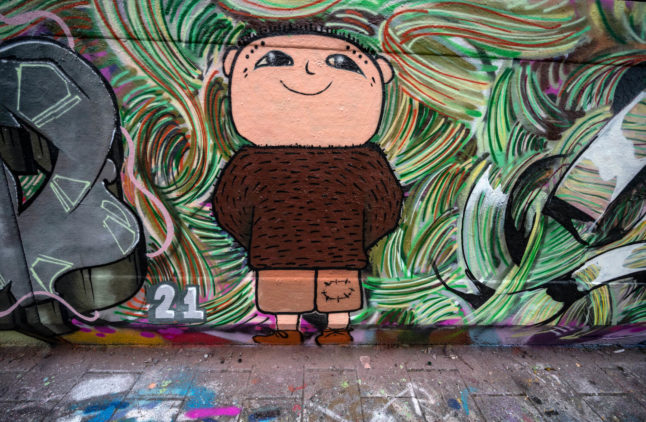Residents of Sweden’s major cities who have not spent much time in more rural areas of Sweden may not be aware of the raggare subculture, with key elements including American cars, Confederate flags and Swedish rockabilly music. Here’s our article explaining raggare:
There’s been a lot of talk of a future Swedish cultural canon, whether it should exist, and if so, what is likely to be included. Here are our best guesses to what could be on that list.
Speaking of books, any parents among you will definitely have come across Alfons Åberg, or Alfie Atkins as he’s known in English. Here’s an article all about Alfie/Alfons, and the woman who created him.
Are you wondering how to get permanent residency in Sweden, or think you might even qualify for citizenship? Check our article below for more information.
Sweden has a reputation for having generous sick pay laws, with employees getting 80 percent of their pay while off sick. But did you know there are some countries which demand you stay home, employing unannounced drop-in doctor visits to make sure you’re not trying to cheat the system? Read our explainer on sick pay in Europe here.
On that note, Sweden also has sick pay for parents looking after sick children. Here’s everything you need to know about vård av barn or VAB as it’s also known, how to apply for it, and who qualifies.



 Please whitelist us to continue reading.
Please whitelist us to continue reading.
Member comments